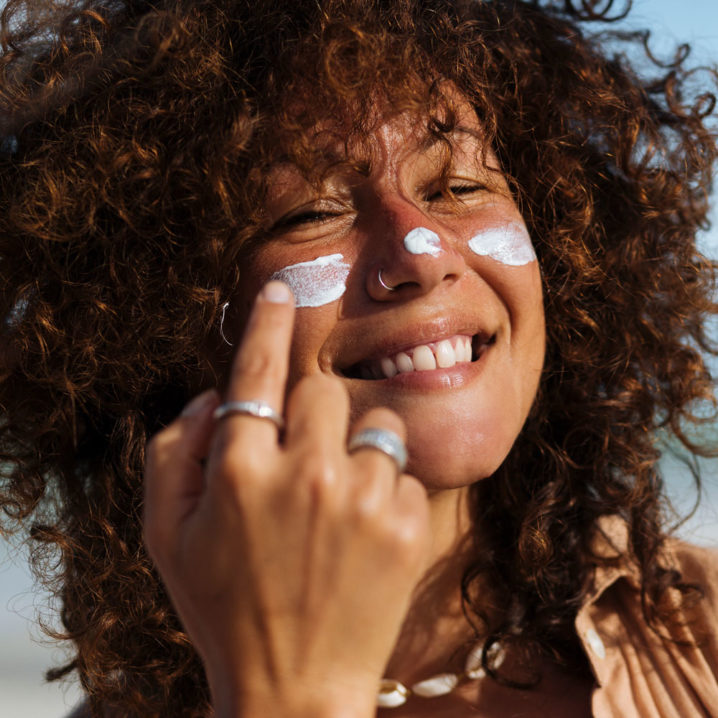
- POPSUGAR Australia
- Beauty
- What to Look Out For In a Facial Sunscreen if You Have Sensitive Skin
What to Look Out For In a Facial Sunscreen if You Have Sensitive Skin


We’ve partnered with La Roche Posay to answer all your questions about skincare, what ingredients will work best together, and how to protect your skin over the summer.
Cancer Australia predicts Melanoma of the skin will jump up a spot from the fourth most diagnosed cancer in 2018 to the third in 2022, which means there’s never been a better time to Slip, Slop, Slap, Seek, Slide. Applying sunscreen is a non-negotiable no matter what time of the year it is, but if it’s a habit you’re yet to pick up, now is the time to start.
If sensitive skin is what’s stopped you from applying your sunscreen every morning, we’re here to help you find a product that will protect your skin without irritating it. Here are our top tips on what to look out for in a facial sunscreen if you have sensitive skin.
How to Know If You Have Sensitive Skin?
Sensitive skin may be something you’ve learned to live with your whole life, or it could be something that has only just presented itself more recently. Either way, sensitive skin can be quite irritating (literally and figuratively!) and can include a number of disorders and conditions.
Dry skin, eczema, irritant contact dermatitis, allergic contact dermatitis, rosacea, and hives are several examples of skin conditions that can manifest in a person having sensitive skin. It’s important if you have any of these conditions to work with your GP and/or dermatologist to reduce the chances of inflaming or irritating the skin unnecessarily. The skincare and beauty industries have progressed significantly in formulating products specially designed for the needs of sensitive skin, and we’ve outlined how to spot them below when shopping for sunscreen.
Look for a fragrance-free or hypoallergenic fragrance formula.
Certain fragrance ingredients are known allergens and the leading cause of allergic dermatitis. So, if your skin tends to lean more on the sensitive side, it’s best to find products free of any fragrances or at least labelled as hypoallergenic.
La Roche Posay’s Anthelios XL Anti-Shine Dry Touch Facial Sunscreen SPF50+ is dermatologically tested with a hypoallergenic fragrance for sensitive skin and is mattifying with an anti-shine finish making it a perfect daily sunscreen.
Look for a Non-Comedogenic Sunscreen
Comedones occur when pores get clogged with dead skin cells or sebum (the natural oil produced by your body). This can happen if you don’t cleanse your face regularly or exfoliate, or if you use products that are too heavy for your skin type. When the skin’s natural oils get trapped inside these impurities, they begin to oxidize, causing dark discolouration in the area. These clogged areas can take on different forms: blackheads (open pores), whiteheads (closed pores) and pimples (when pores become inflamed).
Therefore, using non-comedogenic products means it has been designed so it does not block or clog pores. Anthelios Invisible Fluid Facial Sunscreen SPF 50+ has been specially formulated with non-comedogenic ingredients to help you look and feel your best and be protected from those UV rays!
Read the label
This may seem like an obvious one, but when in doubt, keep your eye out for products that say they are designed especially for sensitive skin. You can rest assured reputable brands, like La Roche Posay, take care in crafting products with ingredients with no or little irritants to flare up your skin.
ALWAYS READ THE LABEL AND FOLLOW THE DIRECTIONS FOR USE.
Apply 20 minutes before sun exposure. Sunscreen is only one part of sun protection so wear
protective clothing and seek shade. Avoid prolonged sun exposure. Reapply every 2 hours and after swimming, towelling and perspiring in accordance with directions.

